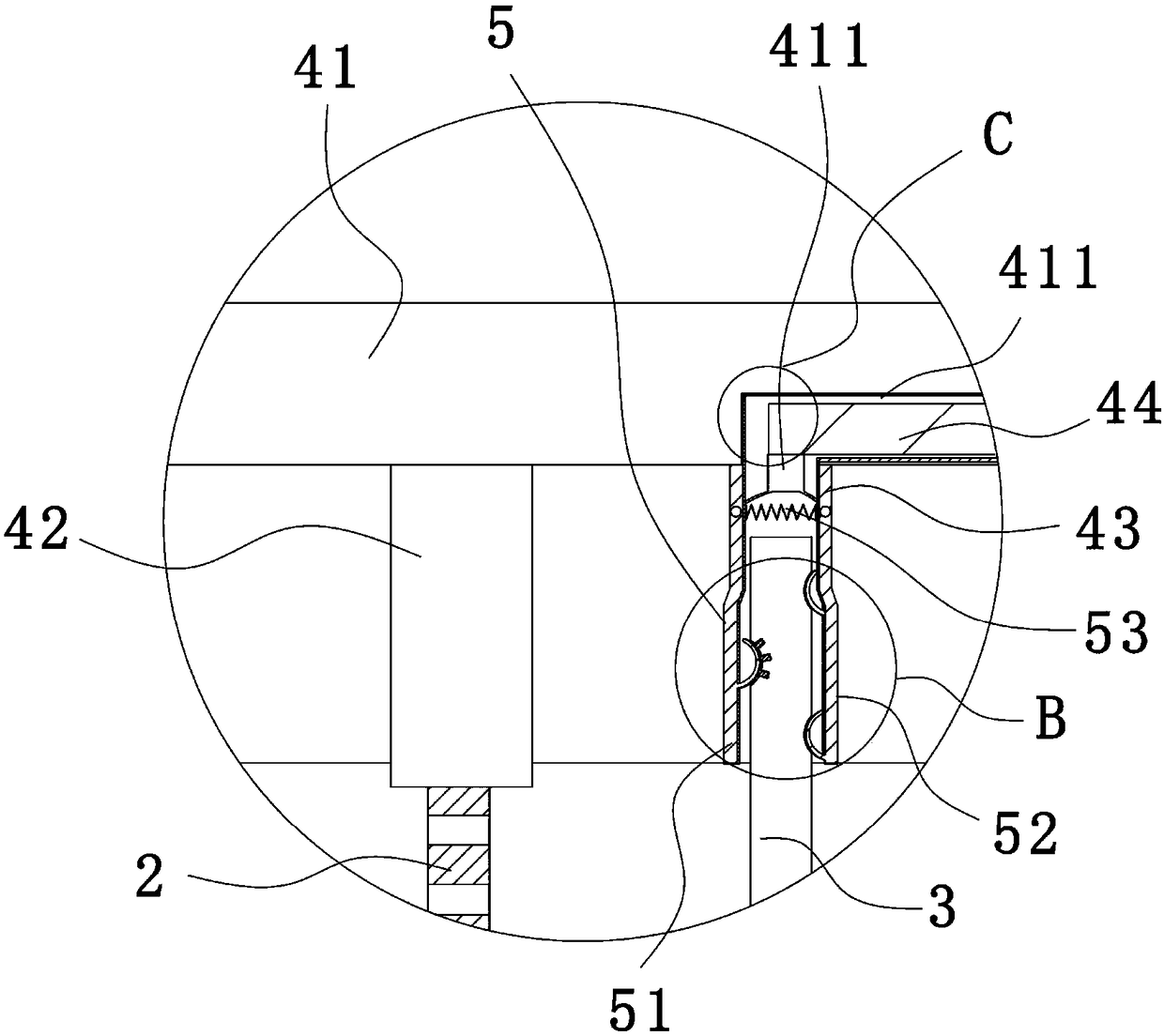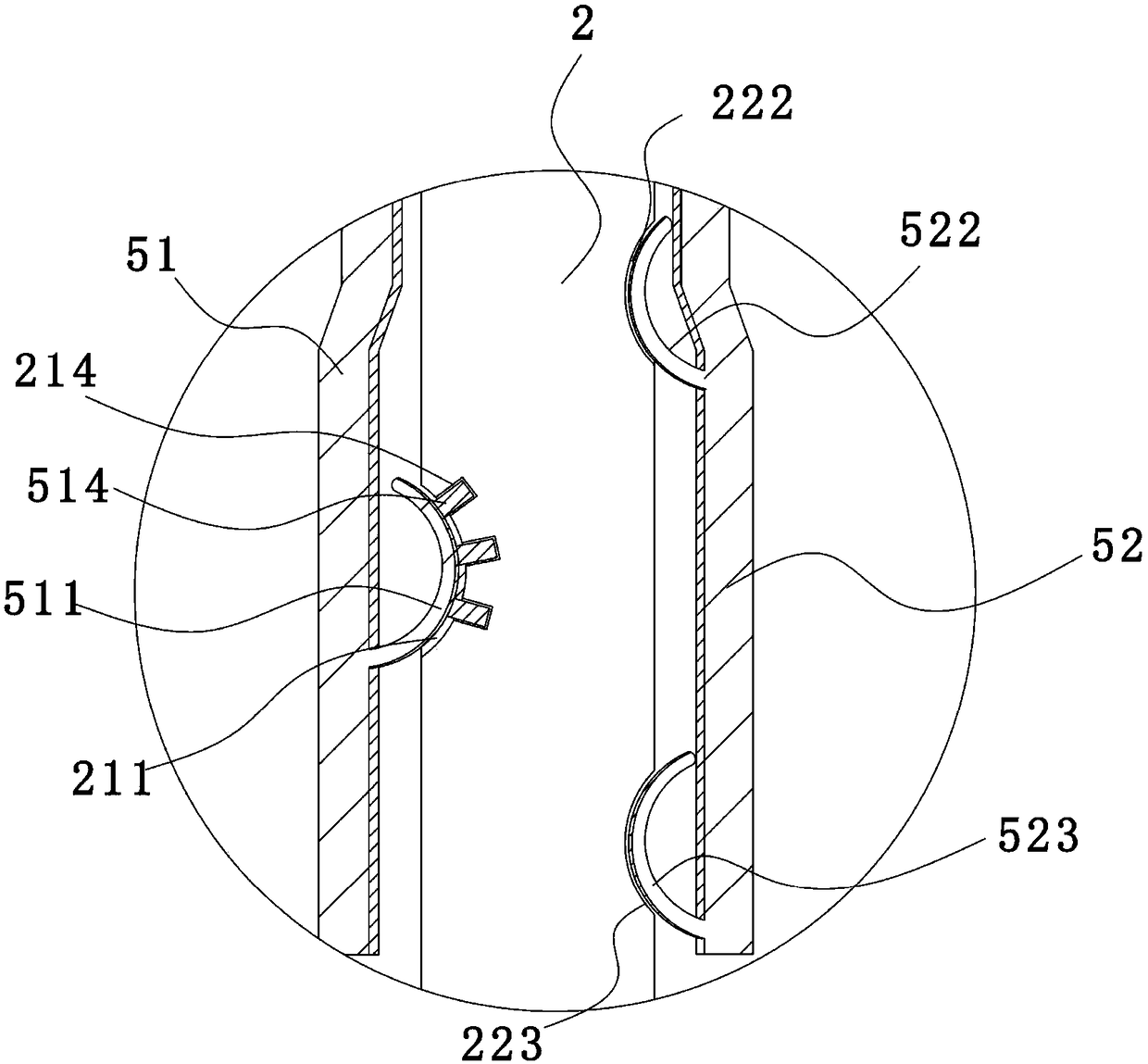Treatment method of domestic sewage
A treatment method and technology for domestic sewage, applied in water/sewage treatment, multi-stage water/sewage treatment, neutralized water/sewage treatment, etc., can solve problems such as affecting the normal growth of plants, excessive nitrogen and phosphorus elements, and high element content. , to achieve the effect of small loss, reduced COD, and high oxygen evolution potential
- Summary
- Abstract
- Description
- Claims
- Application Information
AI Technical Summary
Problems solved by technology
Method used
Image
Examples
Embodiment 1
[0027] A treatment method for domestic sewage, comprising the following steps:
[0028] The industrial wastewater is treated with a grid to filter out solid substances such as stones and sand in the source water, and then the source water is passed into the first regulating tank, and the water body is sampled, and then the pH value of the water body is accurately measured with a PH meter. Add an acid-base regulator to the water according to the pH value. The acid-base regulator is 25 parts of citric acid, 2 parts of sodium hydroxide and 1 hydrochloric acid solution mixed together to form a buffer solution. Adjust the water body to a pH of 6.5, and the adjustment is completed. The water body is water body A;
[0029] Further, add 7 parts of flocculant to water, this flocculant is the polyaluminum chloride of 5 parts and the aluminum sulfate of 7 parts; Add sodium hydroxide solution to the water after the chlorine gas, and after reacting for 10 minutes, add 15 parts of quicklim...
Embodiment 2
[0033] A treatment method for domestic sewage, comprising the following steps:
[0034] The industrial wastewater is treated with a grid to filter out solid substances such as stones and sand in the source water, and then the source water is passed into the first regulating tank, and the water body is sampled, and then the pH value of the water body is accurately measured with a PH meter. Add an acid-base regulator to the water according to the pH value. The acid-base regulator is 33 parts of citric acid, 4 parts of sodium hydroxide and 3 parts of hydrochloric acid mixed together to form a buffer solution. Adjust the water body to a pH of 7.5, and the adjustment is completed. The water body is water body A;
[0035] Further, add 9 parts of flocculant to water, this flocculant is the polyaluminum chloride of 8 parts and the aluminum sulfate of 9 parts; Add sodium hydroxide solution to the water after the chlorine gas, and after reacting for 18 minutes, add 20 parts of quicklime ...
Embodiment 3
[0039] A treatment method for domestic sewage, comprising the following steps:
[0040] The industrial wastewater is treated with a grid to filter out solid substances such as stones and sand in the source water, and then the source water is passed into the first regulating tank, and the water body is sampled, and then the pH value of the water body is accurately measured with a PH meter. Add an acid-base regulator to the water according to the pH value. The acid-base regulator is 28 parts of citric acid, 3.5 parts of sodium hydroxide and 2.1 parts of hydrochloric acid solution mixed together to form a buffer solution, adjust the water body to a pH of 7.0, and the adjustment is completed The water body is water body A;
[0041] Further, add 8 parts of flocculant to water, and this flocculant is the polyaluminum chloride of 6 parts and the aluminum sulfate of 7-9; After introducing chlorine gas, add sodium hydroxide solution into the water, and after reacting for 14 minutes, a...
PUM
 Login to View More
Login to View More Abstract
Description
Claims
Application Information
 Login to View More
Login to View More - R&D
- Intellectual Property
- Life Sciences
- Materials
- Tech Scout
- Unparalleled Data Quality
- Higher Quality Content
- 60% Fewer Hallucinations
Browse by: Latest US Patents, China's latest patents, Technical Efficacy Thesaurus, Application Domain, Technology Topic, Popular Technical Reports.
© 2025 PatSnap. All rights reserved.Legal|Privacy policy|Modern Slavery Act Transparency Statement|Sitemap|About US| Contact US: help@patsnap.com



